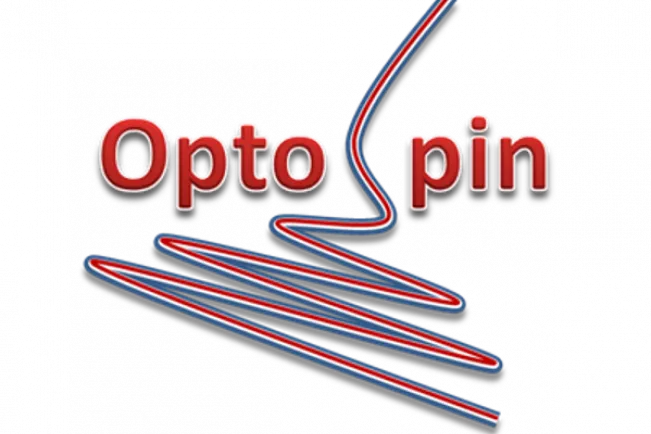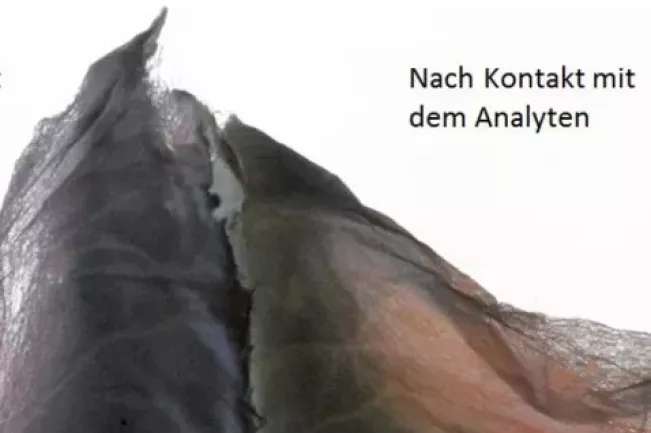OptoSpin

Research project at a glance
Departments and Instituts
Funding type
Period
01.07.2017 to 30.06.2021
Project Description
Sensors in many devices ensure our well-being or safety and inform us about invisible dangers. Important examples are fire and gas detectors as well as various sensors for indicating chemical (hazardous) substances. The most important requirements for a chemical sensor are reliability and selectivity. No substance other than the one defined should influence the sensor signal and possibly lead to a false alarm. Conventional sensors have disadvantages here: they respond to a large number of substances, so their signals have to be evaluated, sometimes at great expense, to enable precise statements to be made.
In the BMBF project OptoSpin, new types of sensors with increased selectivity are being developed. These sensors consist of liquid crystals which, through the addition of optically active substances, take on a special structure with specific properties: It reflects only a narrow wavelength range of the incident light, which makes the liquid crystal appear coloured. Through a chemical reaction of the optically active substance with the analyte, the reflected wavelength range is altered and a change in colour can be observed with the naked eye.

However, these liquid crystals must be protected from mechanical impact or unwanted contamination by dirt. To do this, they are encapsulated – using the electrospinning process – into a polymer fibre which is permeable to the analyte. The filled fibres show a similar colour reaction in the presence of the analyte and have the appearance of a thin fleece (see figure).
The fleeces might be used, for example, as rapid tests for narcotics, explosives or fire gases and indicate hazardous substances on contact or be integrated into an electronic setup. Thus, the liquid crystal-based sensors could be a cost-effective alternative to sensors in fire detection technology, for example. This enables completely new application scenarios in sensor technology.

The project is funded by the Federal Ministry of Education and Research (BMBF)
Funding code: BMBF 13FH023IX6
